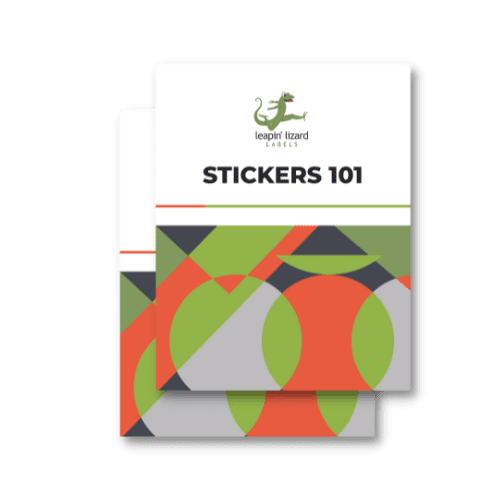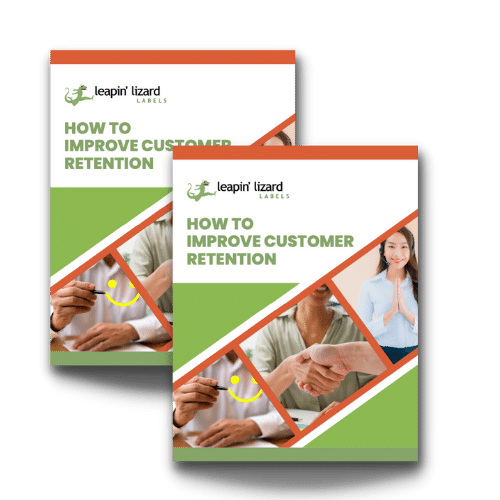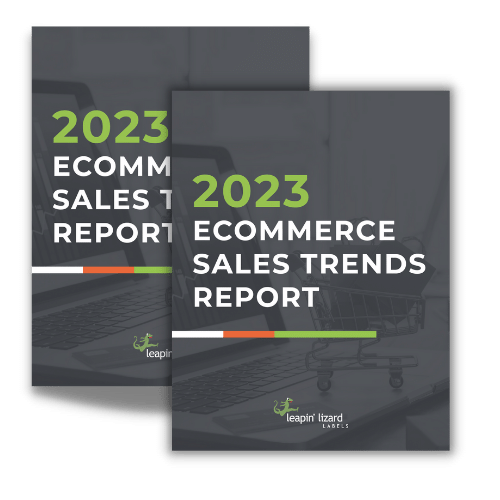Consumers have an abundance of options when it comes to choosing a coffee, so when it comes to packaging, it’s important to highlight all the information they need to know. Incorrect labeling in today’s coffee market can lead to recalls and lost revenue. The question is– what should all coffee labels and packaging include?
7 in 10 Americans drink coffee every week; 62% drink coffee every day. Coffee packaging provides a window into the quality of your product, allowing consumers to make informed decisions about whether or not it is something that they want to purchase. The requirements for coffee labeling are outlined in 21 CFR Part 101 and fall under four categories: label information; name and address of the manufacturer; net quantity declaration; and ingredients list.
Label must contain name and address of the manufacturer
In the United States, the label must contain the name and address of the manufacturer. The label must be in English, and it must be in a conspicuous place on the package. It cannot be obscured by any other markings or covered by any other materials (for example, a piece of tape or plastic wrap).
Label should include the date of processing
Always include the date of processing. The "Date of Processing" is when the coffee was roasted and processed, not when it's exported from its origin in a bag or jar. This is important because it's one of the most significant indicators of freshness: freshly-roasted coffee tastes better than stale coffee and stays fresher for longer.
The date should be easily visible on your label, in a format that makes sense to consumers (i.e., YYMMDD).
Label must declare net quantity
The net quantity of the contents is required on all coffee labels. This is the total weight of all ingredients in your jar, divided by density (kilograms per liter), multiplied by volume (litres). It should be declared in metric units, e.g., grams, kilograms, etc. Note that it may not be necessary to convert from imperial or US units because most conversions are already done for you when purchasing beans from overseas suppliers.
However, if you do need to convert from English measurements into metric ones as part of calculating net quantity for your label design then we recommend using this online converter for converting between imperial and metric units.
List of ingredients
The ingredients must be listed in descending order of quantity. This means that the most abundant ingredients are listed first, followed by the second most abundant ones and so on. The label will also include allergens and allergen information for those who have allergies.
Here's an example:
Ingredient List: Ingredients: Organic Arabica Coffee Beans, Organic Rice Milk Powder, Organic Vanilla Bean Extract, Natural Flavors In addition to this list of ingredients required by law (so far), there are some other things you might want to consider adding onto your coffee label if you want to stand out from competitors or add value to your product. These additional items can include things like local sourcing information or certifications (like Fair Trade certification). They don't necessarily need their own separate section on the coffee container but could just be included within one of the required sections (ingredients or nutritional information).
It is optional to include the country of origin
It is optional to include the country of origin, but if you do use this label, it must be printed in English and meet all other requirements listed above. The country of origin must be presented in bold type that is no smaller than the net quantity declaration on your label.
Coffee packaging must be fully transparent to consumers.
The coffee packaging must be fully transparent to consumers, especially when it comes to the label. The label should contain all the following information:
- Name and address of the manufacturer
- Date of processing (always within 14 days)
- Net quantity in g/ml or oz/lbs. It is optional to include country of origin on this list, but if you are using a non-standard measurement system like fl oz or gallons then it is required that you also clearly indicate how many cups this number represents (for example: 8oz = 1 cup).
An estimated two billion cups of coffee are consumed around the world on a daily basis, but there is more to it than just the taste. The packaging and labeling are also important, as they should provide all of the necessary information on the experience you are getting when you buy coffee.
Contact our team today to get your label making experience started!


